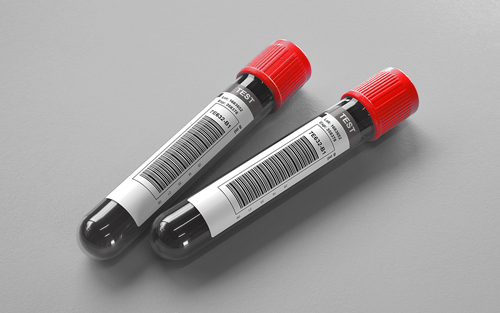Antimicrobial Susceptibility - MIC, Individual
Ordering Recommendation
Determine the minimum inhibitory concentration (MIC) of requested antimicrobial agent against submitted bacterial isolate.
New York DOH Approval Status
Specimen Required
Actively growing isolate in pure culture.
Transport sealed container with pure culture on agar slant or in bacterial transport media. Place each specimen in individually sealed bag.
Room temperature. If culture is suspected of being a microorganism identified on the IATA list as an infectious substance affecting humans, submit specimen according to Infectious Substance, Category A, shipping guidelines.
Mixed cultures or nonviable organisms.
Isolate identification and specimen source required. Individual antibiotics must be specified.
Ambient: 1 week; Refrigerated: Unacceptable; Frozen: Unacceptable
Methodology
Gradient Diffusion
Broth Microdilution
Agar Dilution
Performed
Sun-Sat
Reported
2-7 days
Reference Interval
Susceptible, intermediate, or resistant.
Interpretive Data
Susceptibility testing is performed by broth microdilution using custom-made MIC panels and is interpreted according to CLSI guidelines.
Depends on Specimen/Source/Method
Note
The MIC is defined as the lowest concentration of an antibiotic which will inhibit the in vitro growth of an infectious organism. Results are reported in micrograms per mL. The interpretation of in vitro data is based on achievable serum concentrations, which may vary depending on dose, route of administration, degree of protein binding, site of infection, age and weight of the patient, state of health of the patient, and other factors.
Reporting of MICs can provide the physician with precise information regarding the infectious organism's degree of susceptibility. When this information is coupled with the physician's knowledge of the site and severity of the infection, as well as the pharmacology of antibiotics, a rational choice of the most appropriate antibiotic can be made to suit the individual patient. With the quantitative MIC: (1) susceptibility can be determined for dosages and routes of administration other than those usually prescribed and (2) susceptibility can more accurately be related to the achievable antibiotic concentration in urine, bile, CSF, and other body fluids which may vary widely from the achievable concentration in serum.
This test will bill per antibiotic tested. Susceptibility panels are available for certain organisms. Refer to Antimicrobial Susceptibility by organism type. For organisms where panels are not available, specific agent(s) to be tested must be indicated.
For staphylococcal species, oxacillin resistance testing is performed in order to interpret the results for b-lactam agents.
An additional processing fee will be billed for all organisms not submitted in pure culture, as indicated in the specimen requirements.
If species identification is not provided, identification will be performed at ARUP. Additional charges apply.
Hotline History
CPT Codes
CPT codes vary based on method.
Components
| Component Test Code* | Component Chart Name | LOINC |
|---|---|---|
| 0060201 | Susceptiblity, Individual MIC | 29576-6 |
Aliases
- Omadacycline
- Oritavancin
- Polymyxin B
- Susceptibility testing
- Telavancin
- Tigecycline
- Cefiderocol
- Ceftaroline
- Ceftazidime/avibactam
- Ceftolozane/tazobactam
- Etest
- Imipenem/relebactam
- Meropenem/vaborbactam
- Minimum inhibitory concentration
- Colistin
- Dalbavancin
- Daptomycin
- E Test
- Eravacycline
- Antibiotic MIC
- Antibiotic MIC susceptibility, Single drug
- Broth microdilution
















